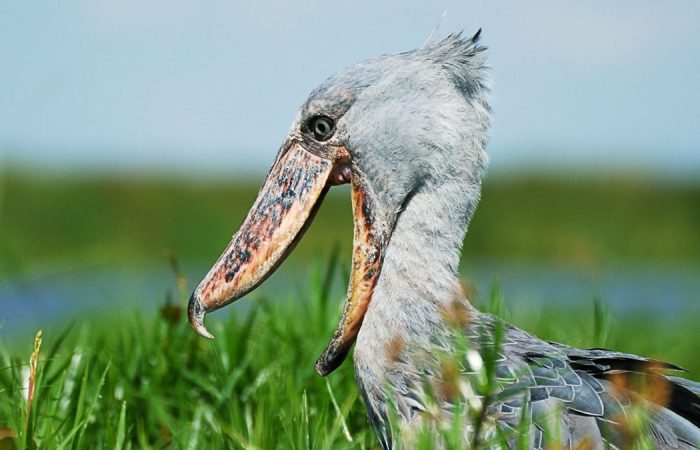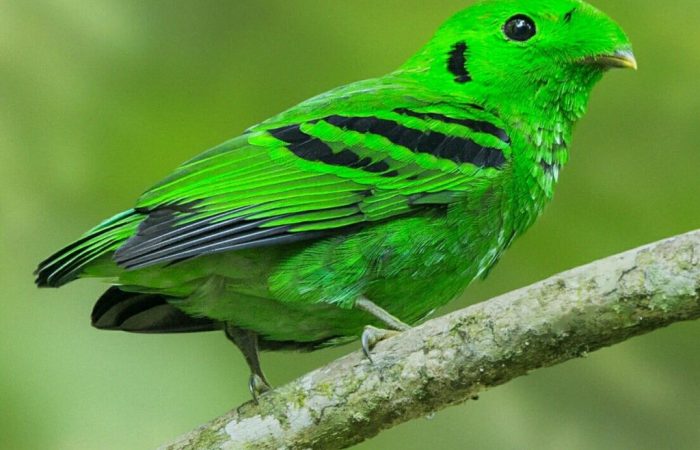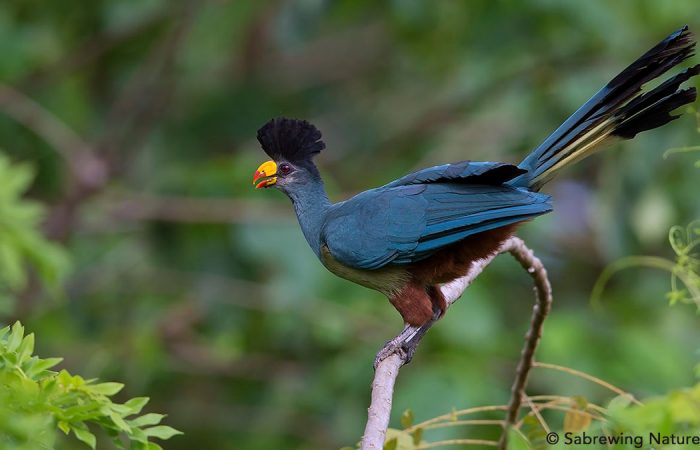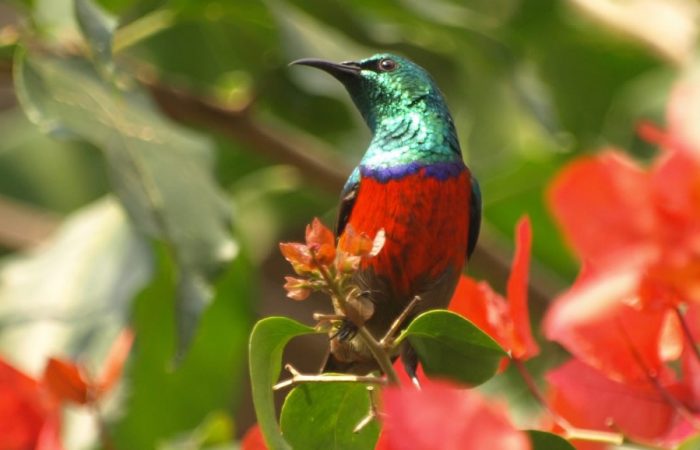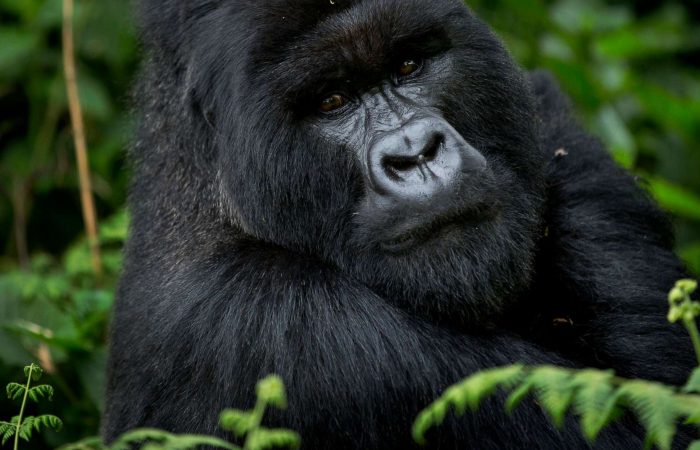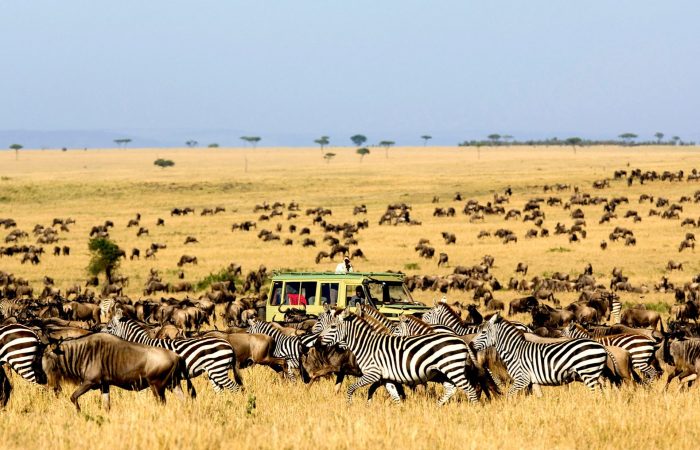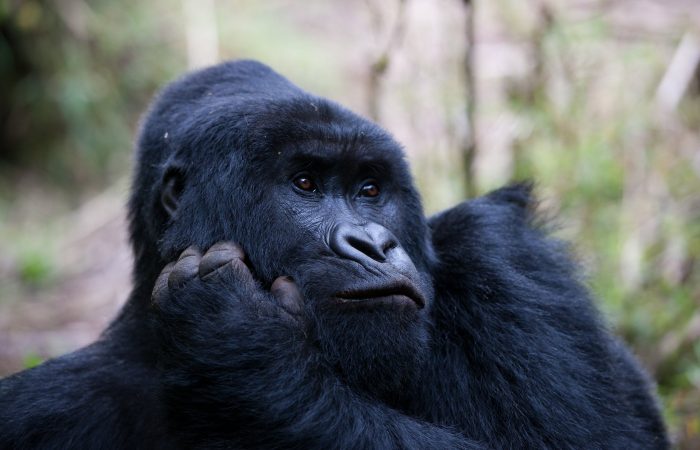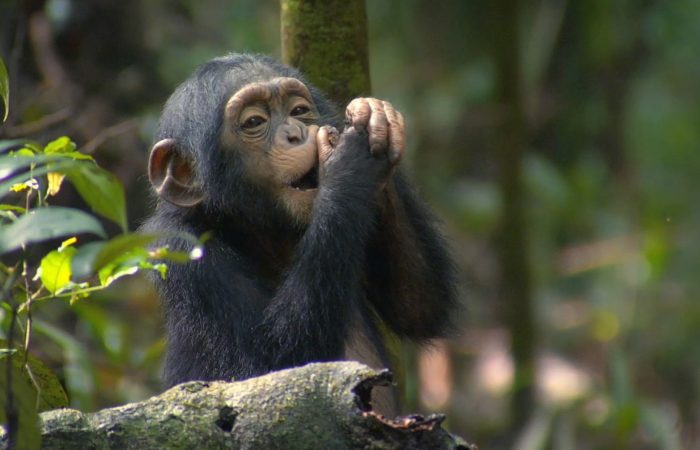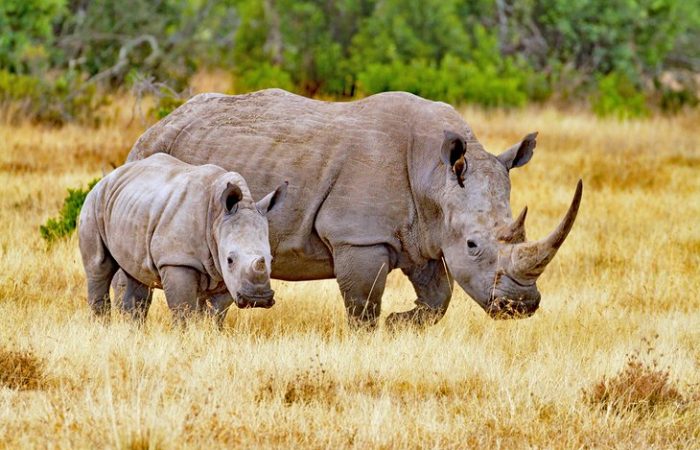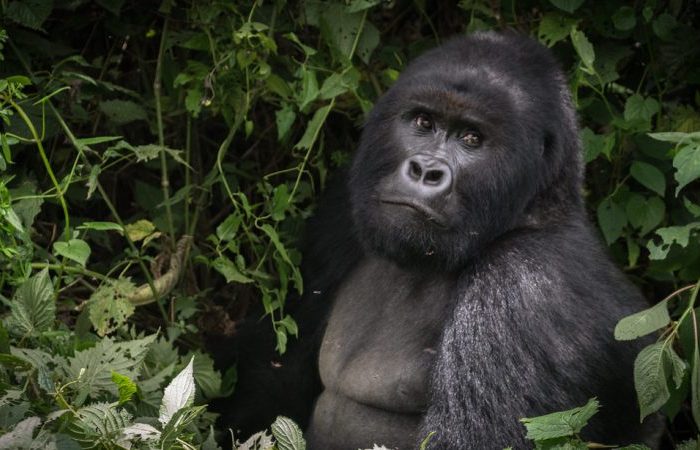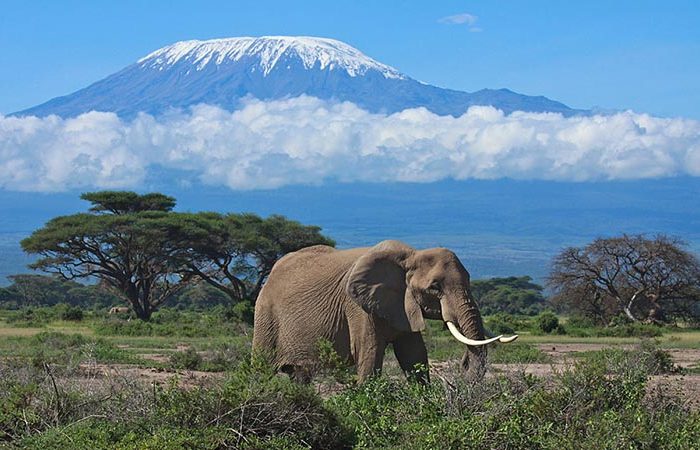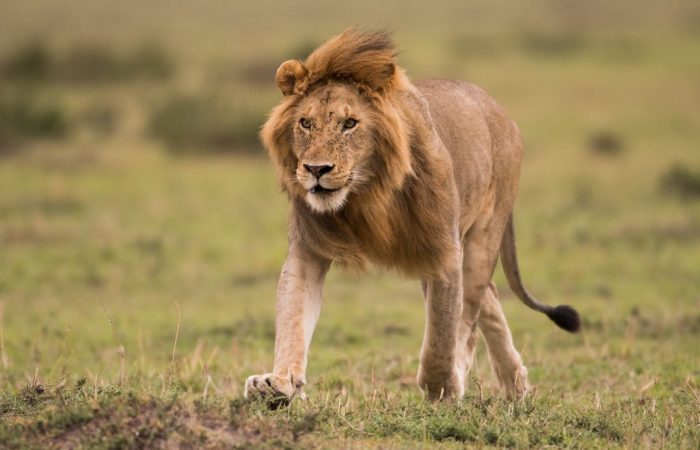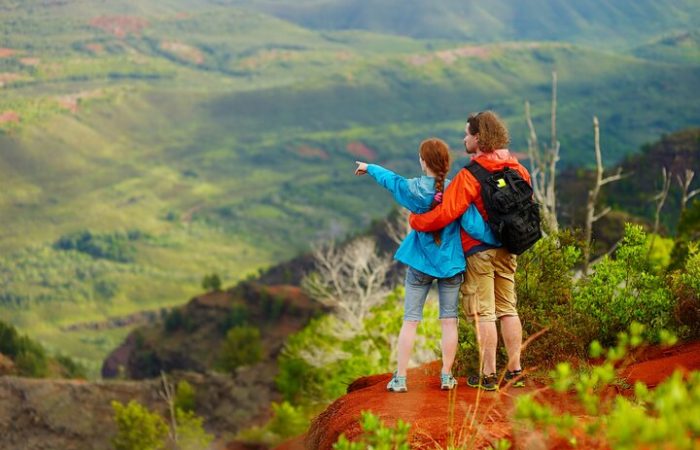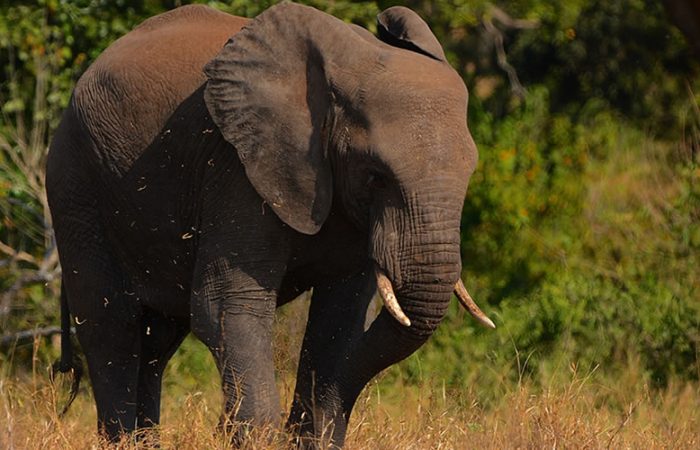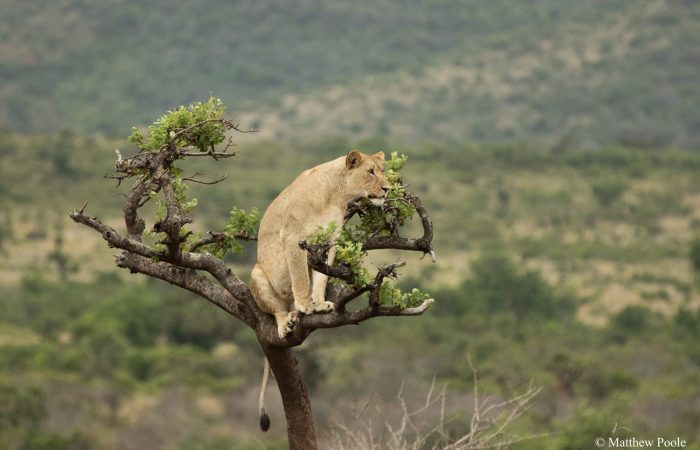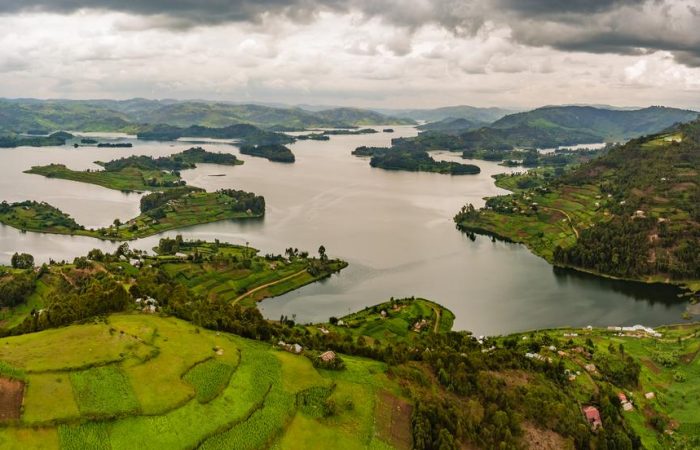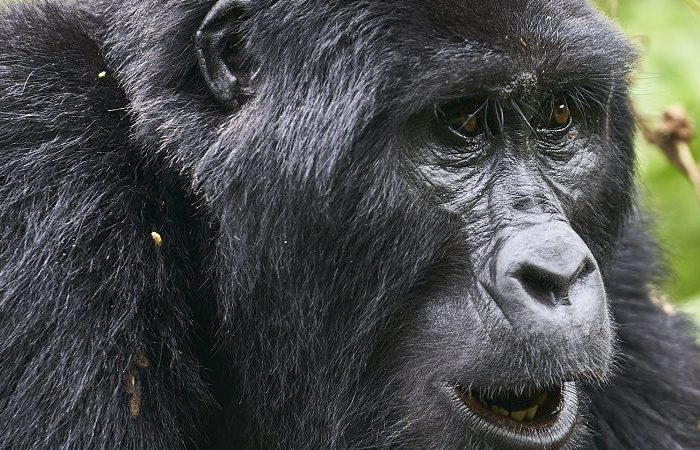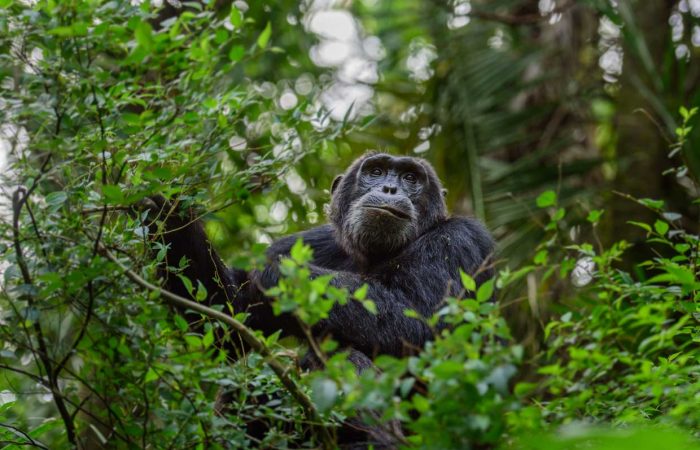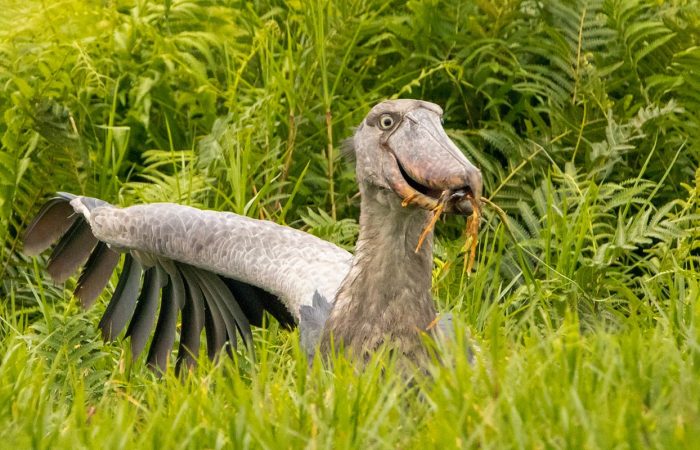- Home
- About Us
- Safaris Packages
- Safari Types
- Destinations
- Uganda
- Best Natioanl Parks
- Accommodations
- Semuliki National Park Accommodation
- Rwenzori National Park Accommodation
- Queen Elizabeth National Park Accommodation
- Murchison Falls National Park Accommodation
- Mgahinga Gorilla National Park Accommodation
- Mount Elgon National Park Accommodation
- Lake Mburo National Park Accommodation
- Kidepo Valley National Park Accommodation
- Kibale National Park Accommodation
- Bwindi Impenetrable National Park Accommodation
- Wildlife Reserves
- Activities And Attractions
- Distance in Kilometers and Duration
- Distance From Entebbe To Mgahinga National Park
- Distance From Entebbe to Rwenzori Mountains National Park
- Distance From Entebbe To Semuliki Natioanl Park
- Distance From Entebbe To Queen Elizabeth National Park
- Distance From Entebbe to Kidepo Valley National Park
- Distance From Entebbe To Mount Elgon National Park
- Distance From Enetebbe To Lake Mburo National Park
- Distance From Entebbe To Kibale National Park
- Distance From Entebbe To Murchison Falls
- Distance From Entebbe To Bwindi Impenetrable Forest
- Top Destinations
- Top Safaris
- Wheather
- Solo Traveller
- What to Expect On Safari in Uganda?
- Why Visit Uganda Next in 2021/22 – Alpha Adventure Safaris
- Best Uganda Tour Company
- Rwanda
- Kenya
- Tanzania
- Uganda
- Contact Us Now
Wild Mania Safaris-Uganda Safaris, Uganda Tour Packages , Uganda Safaris
- +256 754 389710
- info@wildmaniasafaris.com
- Get A Quote
Big 5 Safari Trips in East Africa
An East African Big 5 safari trip places you in close proximity of Africa safari's famous 'BIG FIVE' game animals; lion, leopard, rhinoceros, elephant, and Cape buffalo herds. Get up-close to a hunting lion or leopard, drive among a herd of elephants of buffaloes and track the gentle white rhinoceros on foot.
An Africa safari trip is incomplete until you marvel or pull out your camera and take a picture of at least one of the famous members of the Africa BIG 5 game animals.
The big five include the lion, leopard, rhinoceros, elephant, and Cape buffalo. They were popularized by imperial trophy hunting adventures mostly because of their difficulty to hunt on the open savannah plains. Thankfully, today we hunt the big 5, not to kill, but marvel at their outstanding and majestic beauty with a camera instead of a gun.
A traveler can easily see Africa’s big 5 in all East Africa’s destinations today. East Africa, the pioneer of African safaris, is home to a massive range of wildlife species spread out on thousands of protected animal parkland. Most notable is the Serengeti and Masai Mara, where the great annual migration occurs every year. Kenya and Tanzania have the best national parks for a BIG 5 safari trip. However, Uganda and Rwanda provide great alternative safari attractions to complement a big five safari without leaving the destination’s borders, like gorilla trekking in the misty mountain jungles.
African Lion
Rhinoceros
The African Elephant
The leopard
Cape buffalo
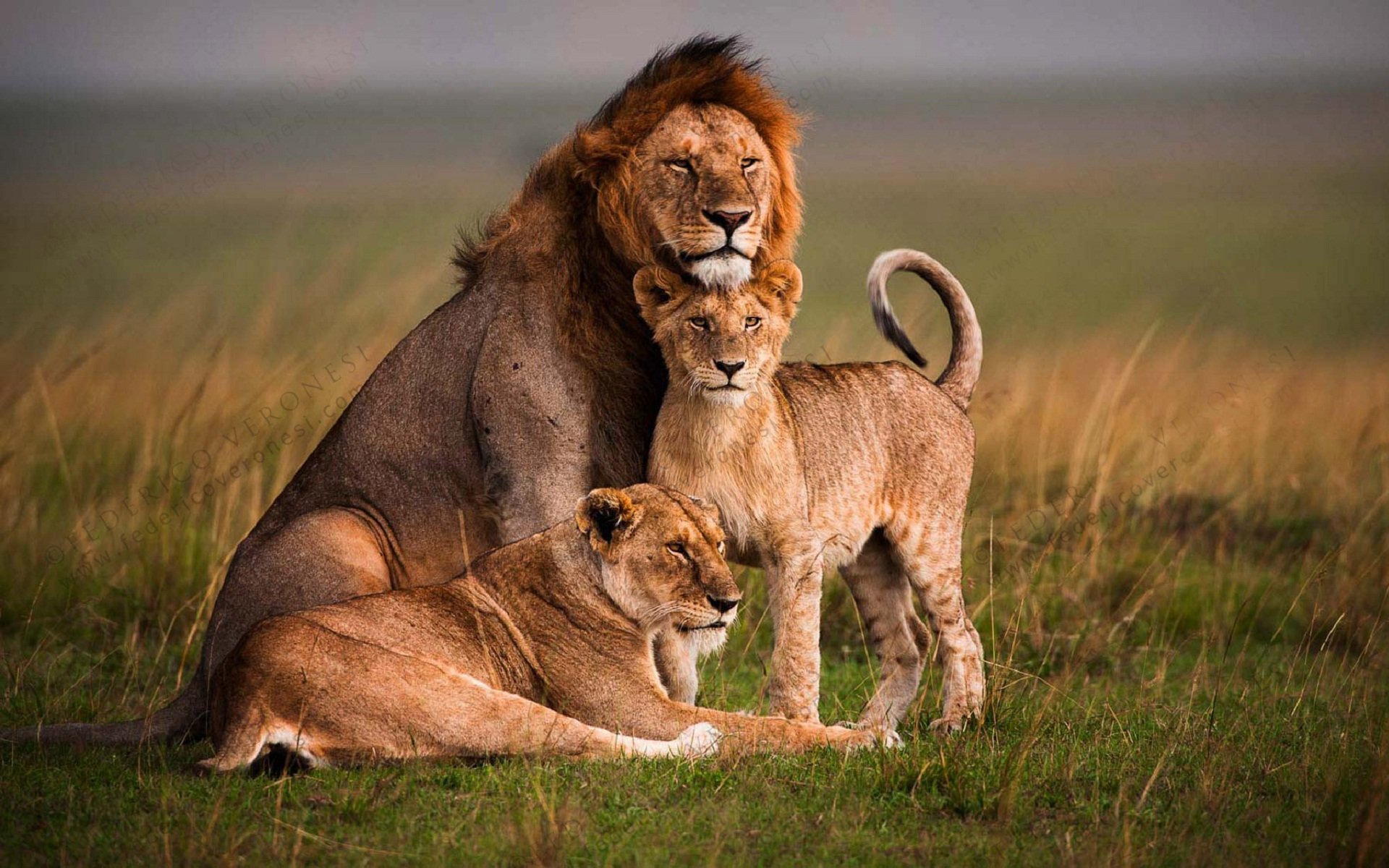
African Lions, Big five safari The largest and most imposing African carnivore, the lion is the most sought after member of the Africa big 5. The African lion is the most sociable of the large cats, living in loosely structured prides of typically five to 15 animals. Lions have special cultural significance in most countries on the continent that enjoy a reputation as ‘king of the beasts’ and are popular symbols of royalty, strength, and bravery.
These big cats are not born into a rank; they are egalitarian. Which means they don’t have a permanent social hierarchy. One male may be dominant over the others, but that can change at any time. Lion society is also matrilineal. The females hold the territories and stay with the pride into which they’re born.
Lions can be easily seen on a Big 5 safari trip than any other cat. Early morning or evening safari game drives in any of the major East African savannah parks are sure to bring you close to a hunting lion pride. Our favorite savanna parks to sea lions are:
Masai Mara in Kenya. If you haven’t got time on your trip, you might want to catch these beasts at their highest hunting game, where most probably every other traveler will be. At the mara river crossing during the Annual Great Migration. During these action-packed periods, the intuition guided wildebeest and zebras are trying to cross the river in hundreds at a time—Nile Crocs and other preditor bunch steak out at the banks to catch an easy meal. Lions will definitely be there flanked by other big cats, hyenas, and the leopard, the other big 5 rivals.
Serengeti National Park in Tanzania. Now, this is the most famous African safari park going way back with the European explorers, including big shots like Churchill, Lugard, Speke, and Roosevelt. The world’s most spectacular wildlife show, the great migration, starts in this park. When the rains begin on the Serengeti plains around late November, the wildebeests arrive back from their eight months journey. Dispersed across these plains, wildebeest and zebra feed on the fresh, nutritious grasses to fatten their bodies for the next migration. They stay here through January, February, and March, with the most wildebeest calves born in a short window around February. This is the time you should be there to witness the cruel nature: the Lions and the preditor bunch steak out on the helpless kids.
Ishasha Sector in Uganda’s Queen Elizabeth National Park. If the gruesomeness of the great migration is not for you, take a long safari day and stay longer to watch a lazy pride lounge away the evening. Young ones all over the place, lionesses grooming their cubs. The slow lazing tree-climbing lions sleep soundlessly 16 ft above the ground.
Honestly, all major savannah parks in East Africa offer great laidback lion tracking experiences. It would be best if you put some agreeable time on your safari itinerary. Take at least three days at each safari park, get familiar with the destination for more days.
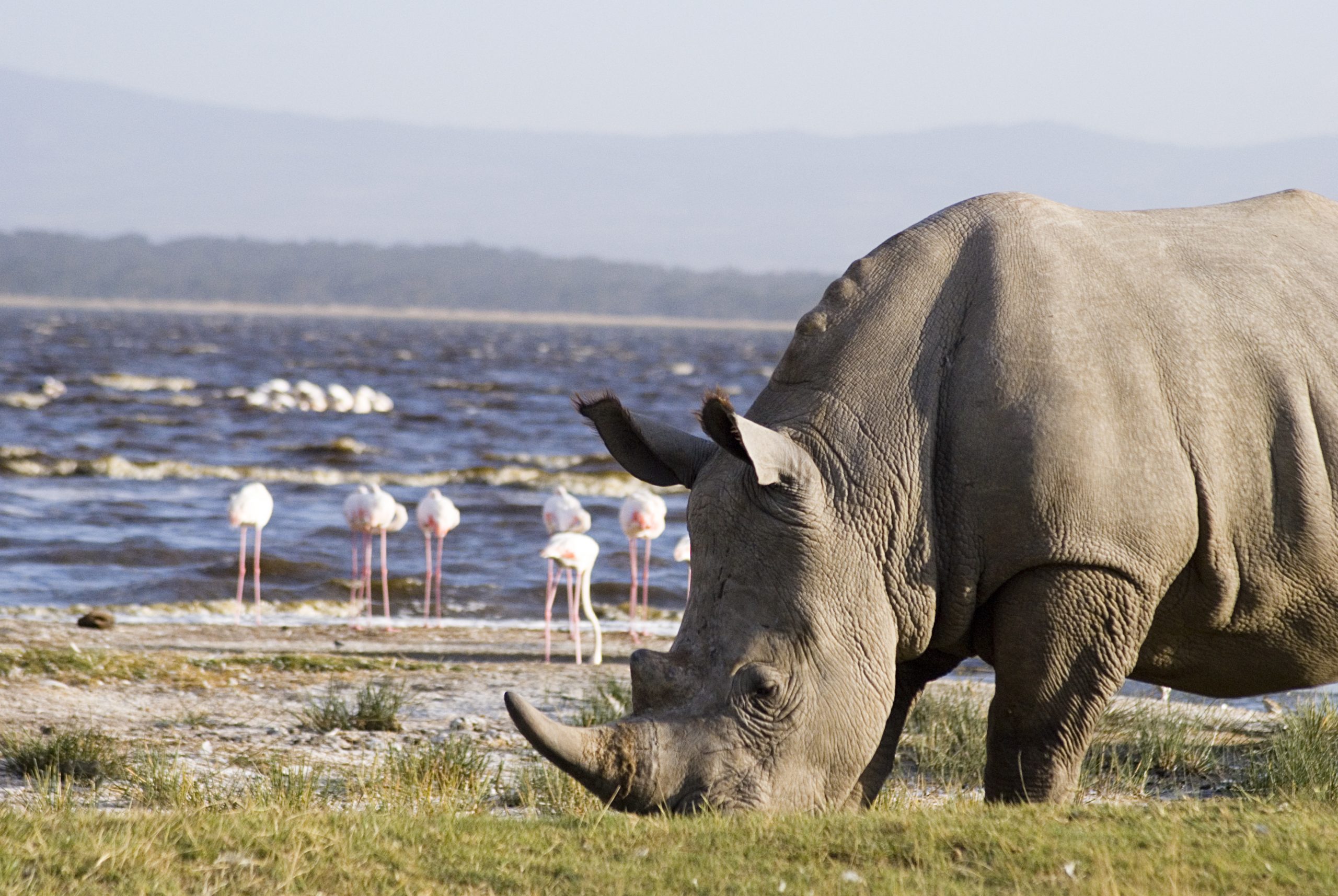
Identified by their characteristic horned snouts, rhinoceroses are universally recognized by their massive bodies, stumpy legs, and either one or two dermal horns. In some species, the horns may be short or not obvious. They are renowned for having poor eyesight, but their senses of smell and hearing are well developed.
There are two species—the black rhinoceros and the white rhinoceros—and five subspecies left in Africa. Those include the northern white rhino, the southern white rhino, the eastern black rhino, the southern central black rhino, and the southwestern black rhino. Due to largely poaching, the black rhino and northern white rhino are extinct.
The southern white rhinos remain, mostly in southern Africa. On a big 5 safari trip, a selection of places in Uganda and Kenya provide rhino tracking on foot.
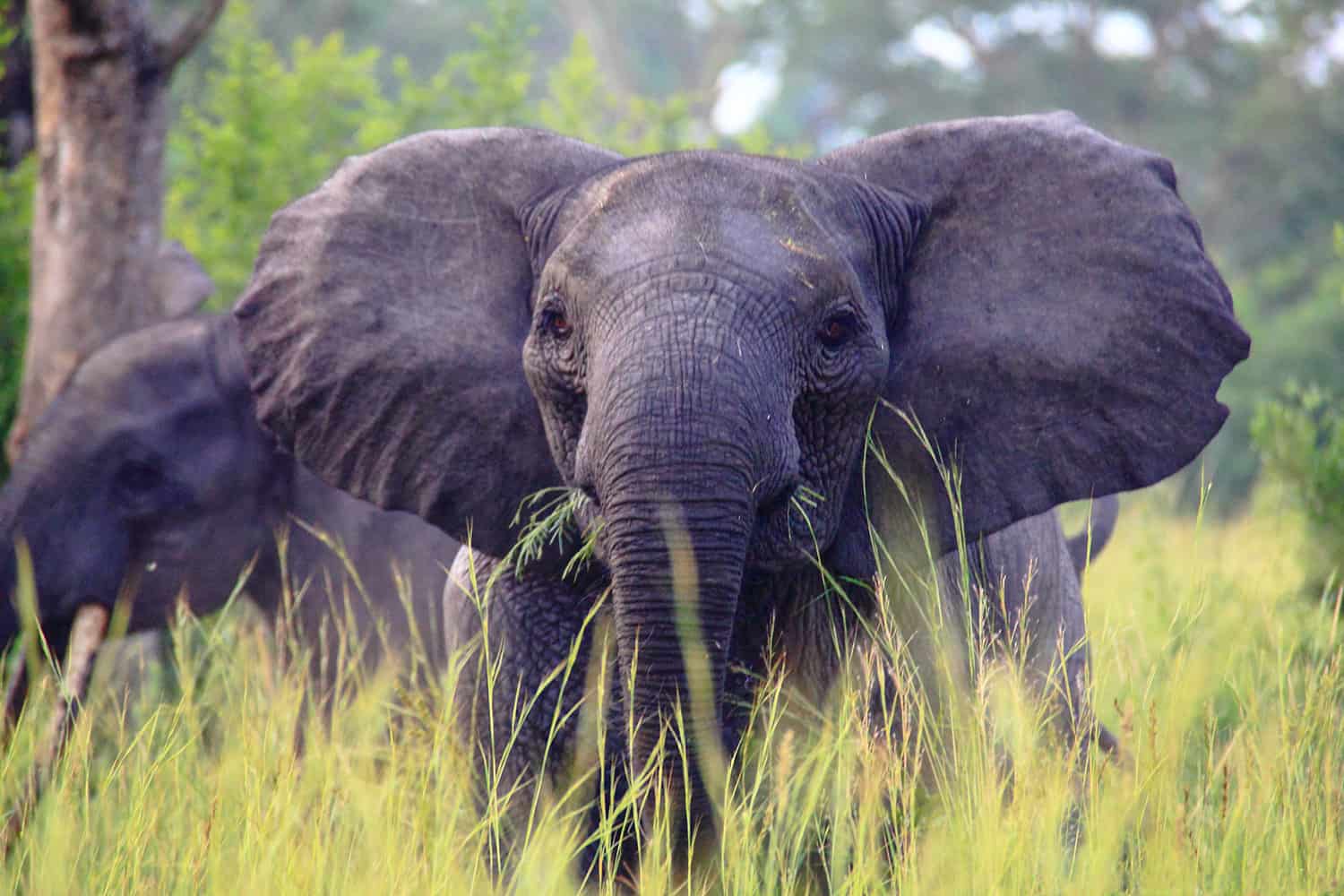
The African Elephant is the largest big five safari animals and perhaps the most enduring symbol of nature’s grace and fragility. It is also one of the most intelligent and entertaining to watch on a big 5 safari game drive. A fully-grown male elephant can weigh a whopping 6300 kilos, and even the smallest adult male rarely dips below 4000 kilos, which is way more than twice the weight of an average family SUV. Females are usually just over half the weight of the male.
Savanna elephants are large enough to change the landscape, pulling up trees to make grasslands, dispersing seeds, and increasing biodiversity. These massive creatures can silly be seen by travelers on any big 5 safari trip in most savannah safari parks in East Africa.

The leopard is the most elusive, and also the smallest, of Africa’s big 5 animals. Leopards are sneaky, naturally shy, elusively nocturnal, and harder to spot. These big solitary cats haul large kills, such as zebra or antelope, into tree-tops to eat alone, in peace.
These impressively shy cats can be distinguished from cheetahs by their rosette-shaped spots and a more robust build, and their preference for wooded or rocky habitats. On a Big 5 safari trip, you can virtually see leopards in all habitats which offer adequate cover and are present in most East Africa savannah parks and forest reserves.
We recommend you include a night game drive to catch this shy cat at it’s action time hunting for a meal. They’re mostly offered in the most popular savannah park.
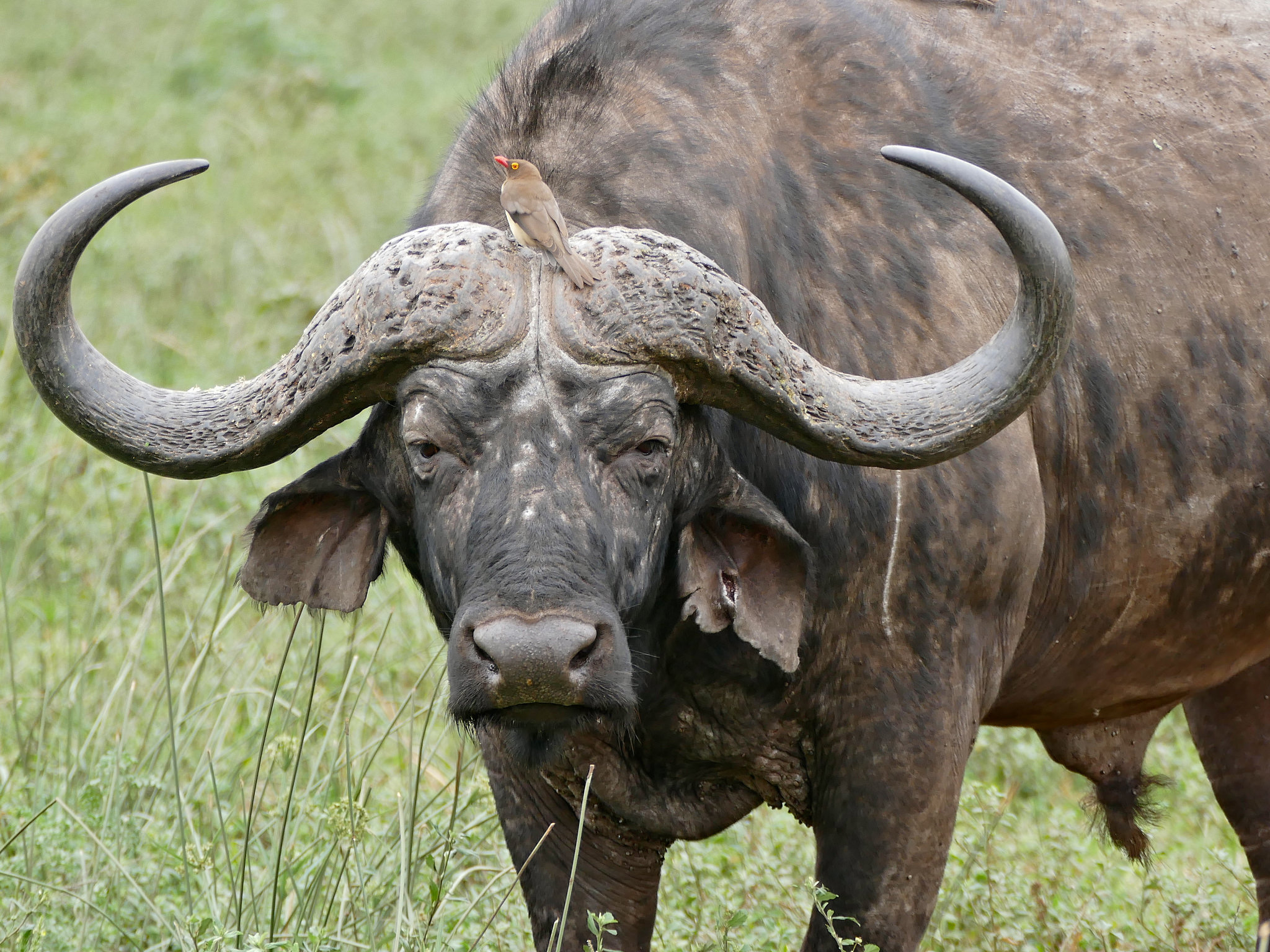
Africa’s only wild African buffalo ox species is an adaptable and widespread creature that lives in large herds on the savanna and smaller herds in forested areas. The African buffalo (Syncerus caffer) or Cape Buffalo is the most dangerous of all African game species, especially if wounded or solitary. Its reputation has placed it on the Africa big 5 animals recognized worldwide.
African buffalo are huge, even-toed ungulates, characterized by their stocky build and heavy horns. Horns are present in both sexes, and they are not ridged. The buffalo is easily distinguished from other animals because of its dark black color and its characteristic horns, smaller and lighter, curving outward, backward, and upwards. Ears are large fringed with hair and hang below massive horns.
These large cows can easily be seen in any safari park in east Africa. Even when driving by a park, look out your windows, and that big dark patch on the savannah might be a small herd of African buffalo.


